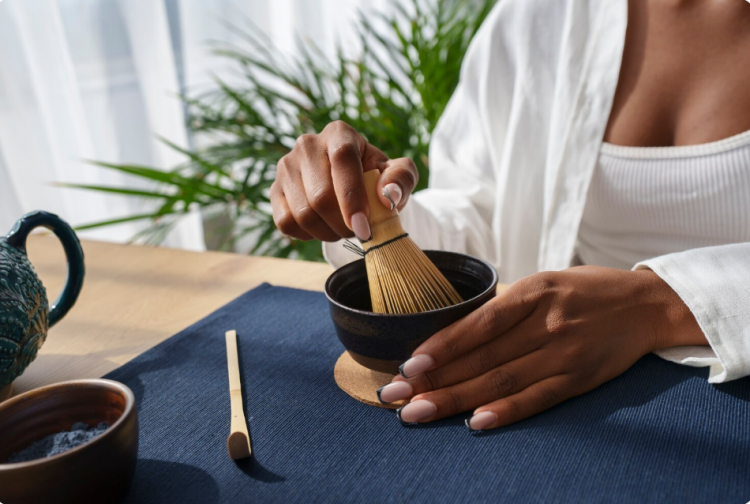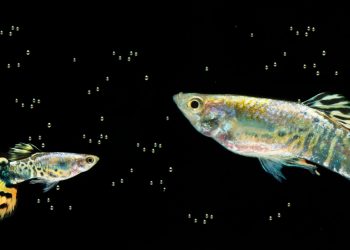For over 3,000 years, kava has been at the heart of Pacific Island culture—a sacred root drink shared in ceremonies, community gatherings, and healing rituals. Known scientifically as Piper methysticum (“intoxicating pepper”), kava’s story is deeply intertwined with the heritage of islands like Fiji, Vanuatu, Tonga, and Hawaii, where it remains a symbol of peace, hospitality, and connection.
Origins in the South Pacific
Kava is believed to have originated in Vanuatu, a chain of islands often considered the birthplace of kava culture. From there, early Polynesian navigators spread the plant throughout the Pacific, carrying cuttings as they voyaged to new islands. Each culture developed its own traditions and names for kava—‘awa in Hawaii, yaqona in Fiji, and ‘ava in Samoa—all derived from the same ancient root.
Early explorers and botanists noted that the kava plant was always cultivated, never found in the wild. This suggests it was selectively bred by Pacific peoples for centuries, refined for both its potency and flavor.
A Drink of Ceremony and Unity
In traditional settings, preparing and drinking kava is an act of ritual and respect. The root is cleaned, pounded, and mixed with water in a communal bowl. Served in coconut shells, the beverage has a mildly earthy taste and produces a calming, grounding sensation without impairing mental clarity.
Across the Pacific, kava has been central to ceremonies marking peace treaties, weddings, and leadership appointments. In Fiji, for instance, the sevusevu ceremony welcomes guests with a shared bowl of kava, symbolizing mutual trust and unity. Similarly, in Tonga and Samoa, chiefs use kava to open official gatherings, emphasizing community harmony and spiritual connection.
The Introduction to the West
Kava first caught Western attention in the late 18th century through the journals of explorers like Captain James Cook, who described the relaxing drink and its ceremonial importance. By the late 19th and early 20th centuries, European scientists had begun studying kava for its calming and anesthetic properties, identifying its active compounds—kavalactones—responsible for its soothing effects.
Interest in kava ebbed and flowed throughout the 20th century, often tied to shifting attitudes toward herbal medicine. In the 1990s, it experienced a resurgence in Europe and North America as a natural alternative to stress relief, sparking both enthusiasm and regulatory debates over quality and sourcing.
Kava’s Cultural Renaissance
Today, kava has undergone a global renaissance. Kava bars have appeared in major cities from Honolulu to New York, serving modern interpretations of this ancient drink to those seeking relaxation and social connection without alcohol. Meanwhile, producers in the Pacific Islands continue to uphold traditional cultivation and preparation methods, ensuring authenticity and sustainability.
In Hawaii, especially on the island of Kaua‘i, kava (or ‘awa) has reemerged as a symbol of cultural revival. Local farmers cultivate native Hawaiian strains prized for their smooth, balanced effects, preserving both the plant’s genetics and its deep cultural significance.
A Legacy Rooted in Respect
Authentic kava has become more accessible worldwide, true appreciation of kava lies in understanding its origins. It is more than a beverage—it is a bridge between generations, a symbol of community, and a reminder of humanity’s timeless connection to nature and ritual.
As kava continues to find new audiences, its legacy endures: a gentle reminder from the islands that relaxation, connection, and balance are best when shared.








